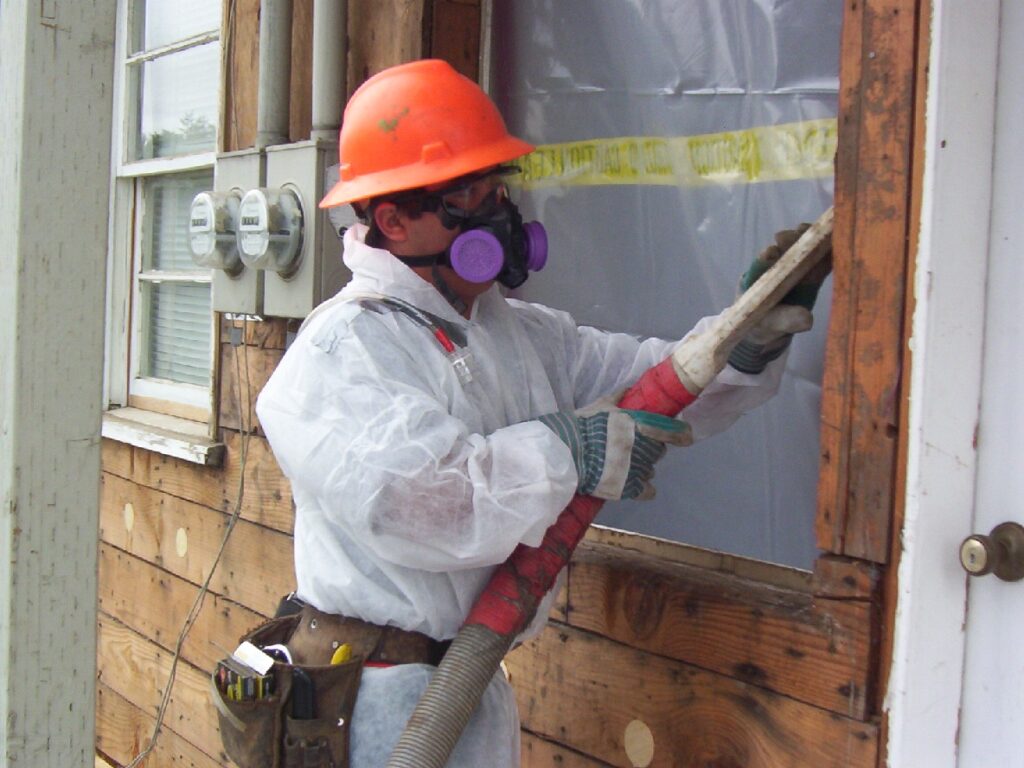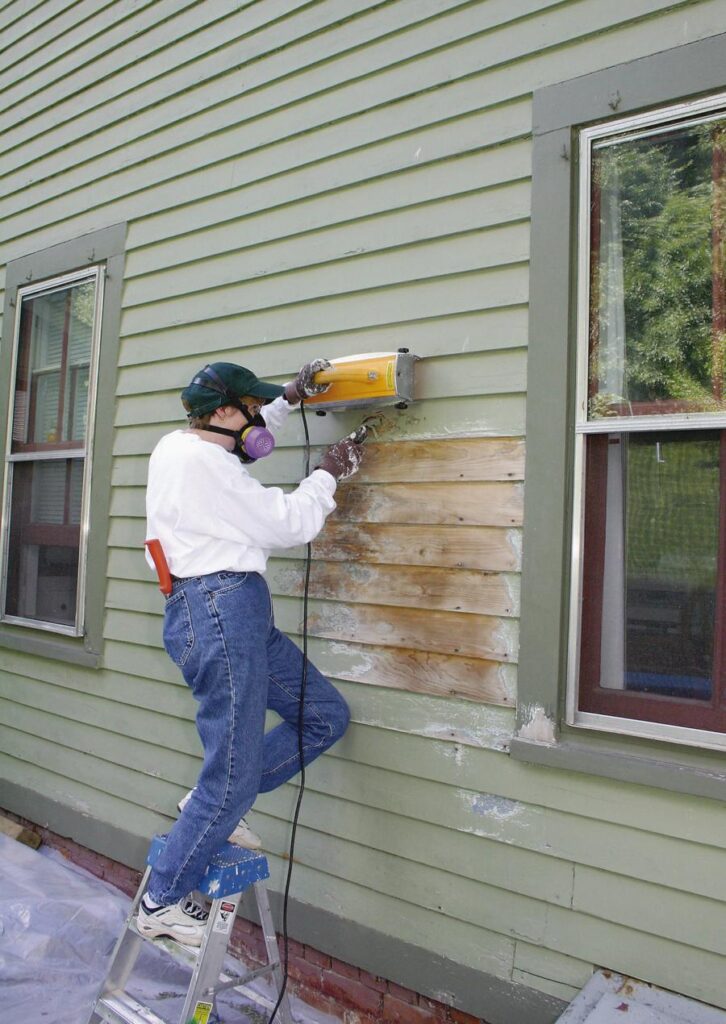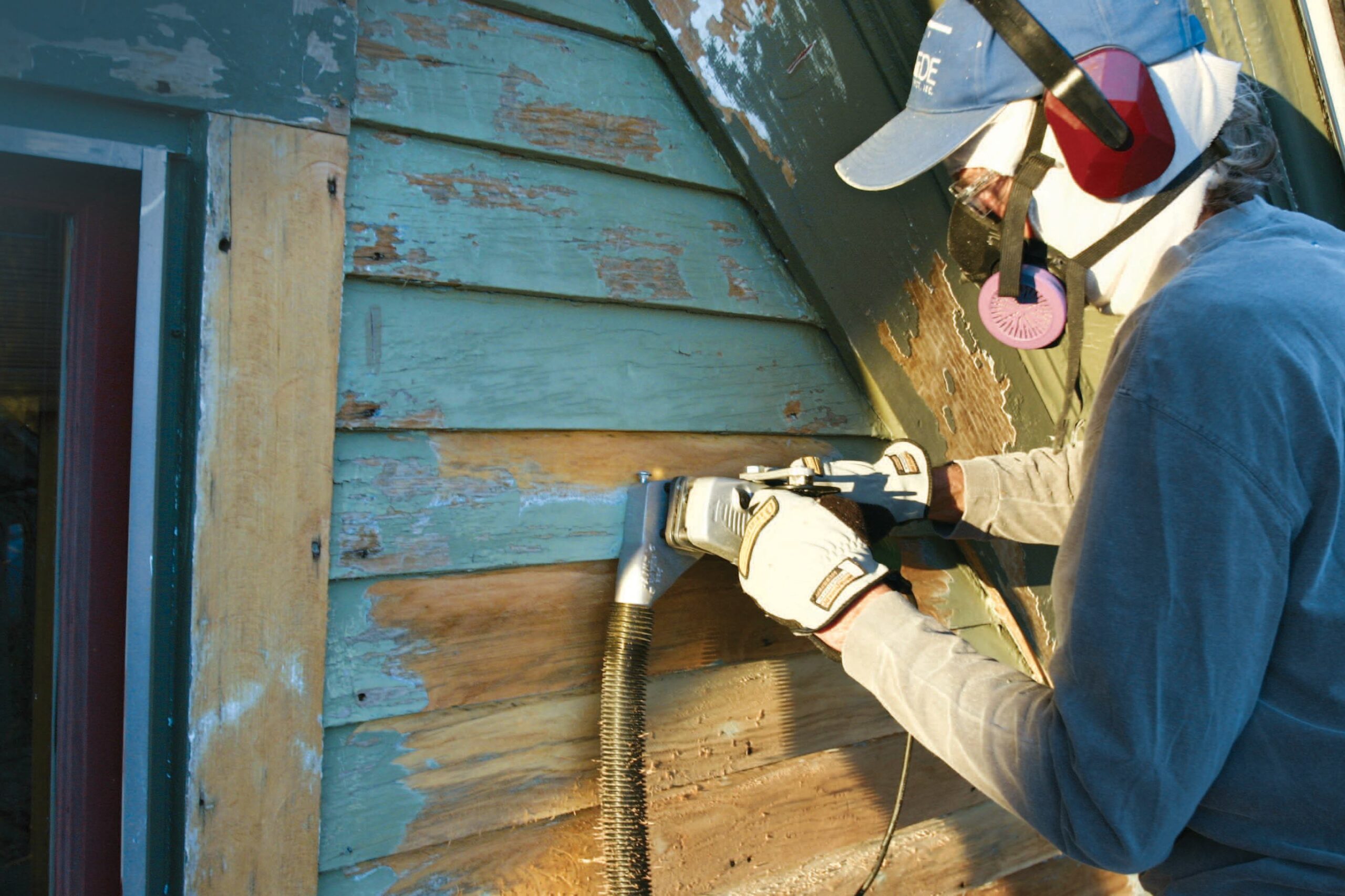When it comes to evaluating how well and safely laser technology can be used to remove lead-based paint, there are a number of important factors to take into account.
Effectiveness: Using the laser technology for removing lead-based paint from a range of surfaces like wood, metal, and masonry. One standout benefit is that it can get rid of lead-containing paint without creating the bothersome and harmful dust or unpleasant fumes that are often linked to other methods like sanding or dry scraping.
Safety: When it comes to dealing with paint that contains lead, safety should be the top priority. Laser removal provides a way to lower the risk of lead dust and particles getting into the air, which, in turn, decreases the chances of people being exposed to lead. Making sure to take proper safety measures, like wearing protective gear such as respirators and ensuring there’s good ventilation, is crucial when using lasers for paint removal.
Expertise: The use of laser technology for removing lead-based paint should only be entrusted to skilled professionals who have a thorough knowledge of the risks associated with lead exposure and are proficient in using the specialized equipment. Contractors involved in this work should also be well-informed about local rules and safety guidelines concerning the removal of lead-based paint.
Environmental Impact: Laser lead paint removal boasts an environmentally friendly facet, primarily due to its limited generation of hazardous waste or emissions. Some systems are even equipped with vacuum and filtration mechanisms designed to capture and contain debris, thus further diminishing its environmental footprint.
Cost: The cost associated with lead paint removal can be relatively higher than traditional methods such as sanding or chemical stripping. This can be attributed to the specialized equipment and the need for trained personnel.
Surface Damage: The efficacy of laser paint removal hinges on the type and condition of the surface in question. Delicate or historically significant surfaces might be at risk of damage from the intense heat generated by the laser.
In summary, lead paint removal proves to be a highly effective method for safely eliminating lead-based paint without the production of toxic dust and fumes. However, it’s imperative that this procedure is exclusively carried out by professionals who possess the necessary expertise in handling lead-based materials and the associated laser equipment. Adhering to safety regulations and guidelines is essential to safeguard both the environment and human health when employing this approach. If you have concerns regarding lead-based paint within your property, it is advisable to consult a qualified lead abatement professional for an assessment and recommendations.

ImageSource sitersiding.com
Why is there a reduced presence of dust?
Laser lead paint removal has been engineered to minimize the generation of dust, a common concern in other paint removal methods like sanding or dry scraping. Here’s why this innovative technology significantly curtails dust:
- Precise Targeting: Laser systems employed for paint removal are extraordinarily focused and precise. The laser beam is directed exclusively at the paint to be removed, rapidly heating and vaporizing it. This precision minimizes the creation of loose particles and dust.
- Immediate Vaporization: Upon contact with the laser, paint layers swiftly transform into vapor without producing fine dust or chips. The gaseous paint can be captured by a vacuum system or filtered to prevent it from becoming airborne.
- Containment and Filtration: Many laser paint removal systems come equipped with integrated vacuum and filtration mechanisms. These systems effectively capture the vaporized paint and any potential particles, preventing their escape into the environment.
- Reduced Surface Friction: Unlike abrasive techniques like sanding that physically abrade the surface, laser technology operates without friction. This results in less mechanical disruption of the surface and a reduced likelihood of paint particles breaking loose.
- Minimal Heat-Affected Zone: The heat generated by the laser is typically concentrated on the paint layers and does not significantly impact the underlying substrate. This minimizes the risk of dust generation due to substrate damage.
It’s important to note that, although laser paint removal is effective at reducing dust, some dust and particles may still be generated, especially in the case of deteriorating paint or multiple layers. Therefore, strict containment and safety measures, including the use of protective equipment, proper ventilation, and filtration, remain essential when conducting laser paint removal, despite its inherently reduced dust production. Typically, this method is entrusted to trained professionals to ensure safety and environmental protection.

remodeling – lead paint removal tool
sitersiding


